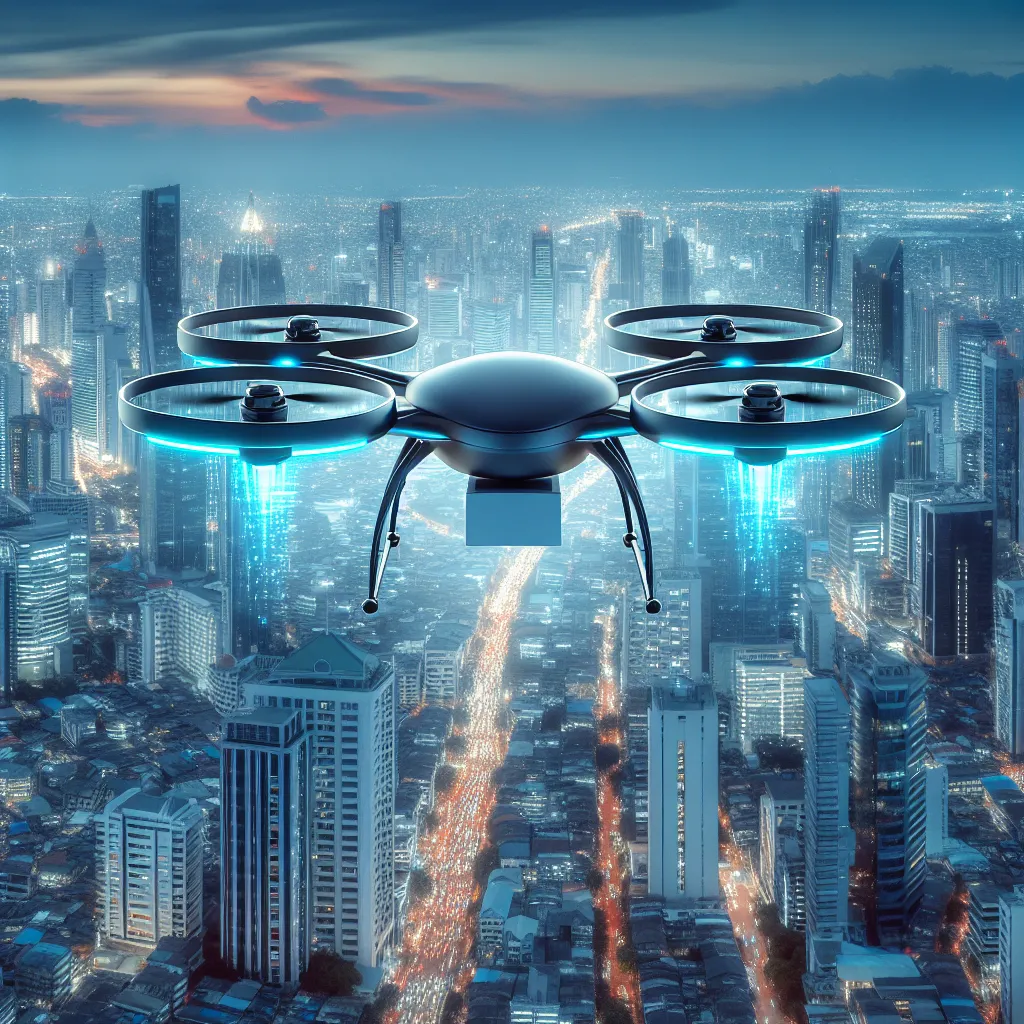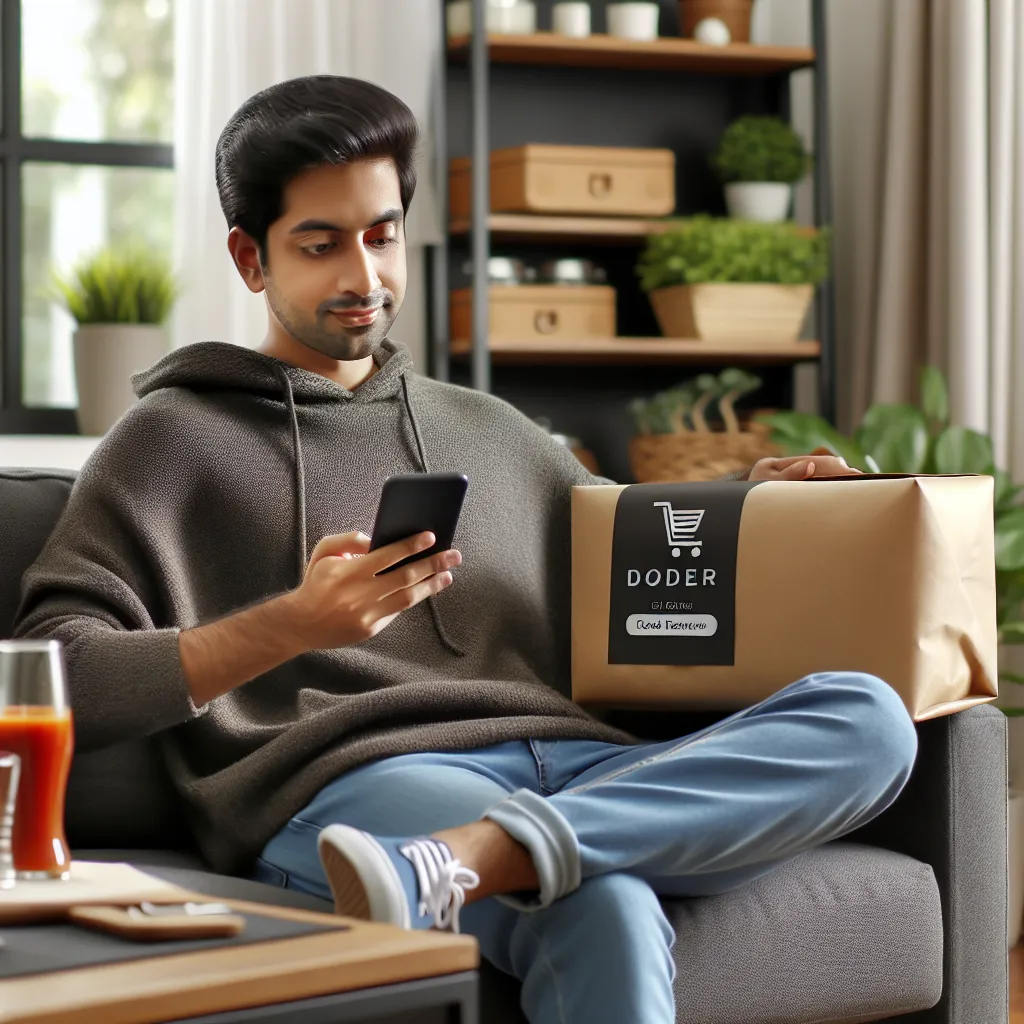Navigating Last-Mile Delivery Challenges in Urban Areas
As the world becomes increasingly urbanized, the last-mile delivery segment of the transportation and logistics industry faces a myriad of challenges and opportunities. Navigating last-mile delivery challenges in urban areas has become a focal point for businesses aiming to meet the growing demand for efficient and timely delivery services.
One of the primary challenges in urban last-mile delivery is the issue of congestion and limited parking, which can lead to delays and increased costs. Companies are exploring innovative solutions such as micro-fulfillment centers located strategically within urban areas to mitigate this challenge. These centers serve as hubs for packing and preparing orders, allowing for quicker and more efficient last-mile delivery.
Furthermore, the rise of e-commerce has resulted in a surge in the volume of small deliveries, creating the need for eco-friendly and compact delivery vehicles suitable for navigating densely populated urban environments. Electric bikes, drones, and compact electric vans are being explored as potential options to address this challenge, presenting opportunities for sustainable and efficient last-mile delivery.
In addition to infrastructure and vehicle-related challenges, last-mile delivery in urban areas also involves complexities related to route optimization and the need for real-time tracking and communication. Advanced route planning software and GPS technology are being leveraged to optimize delivery routes, minimize fuel consumption, and provide customers with accurate delivery time estimates, thereby enhancing the overall delivery experience.
While navigating last-mile delivery challenges in urban areas presents obstacles, it also opens up avenues for innovation and growth within the delivery industry. By leveraging technology, strategic planning, and sustainable practices, businesses can turn these challenges into opportunities to establish competitive advantages and meet the evolving needs of urban consumers.
Technology and Innovation: Transforming the Future of Delivery Services
Technology and innovation have been key drivers in transforming the future of delivery services, presenting both challenges and opportunities for the industry. The emergence of advanced technologies such as artificial intelligence, robotics, and the Internet of Things has revolutionized the way deliveries are managed and executed. These technological advancements have paved the way for improved efficiency, accuracy, and speed in the delivery process.
One of the primary challenges faced by the delivery industry is the integration of these new technologies into existing systems. Adapting to and adopting these innovations requires significant investment in infrastructure and employee training. Additionally, concerns regarding data security and privacy have emerged as technology plays an increasingly prominent role in delivery services.
On the other hand, the opportunities presented by technology and innovation in the delivery industry are abundant. Automation and predictive analytics enable companies to optimize delivery routes, minimize fuel consumption, and reduce their carbon footprint. The utilization of drones and autonomous vehicles has the potential to revolutionize last-mile delivery, particularly in urban areas.
Moreover, technology allows for real-time tracking and monitoring of deliveries, enhancing transparency and customer satisfaction. The integration of mobile apps and e-commerce platforms has facilitated seamless communication between providers and customers, leading to greater convenience and customization in delivery services.
In conclusion, while the delivery industry faces challenges in integrating and securing technological advancements, the opportunities for enhancing efficiency, sustainability, and customer experience are vast. Embracing technology and fostering innovation will undoubtedly shape the future of delivery services, creating a more connected and streamlined ecosystem.
Sustainability in the Delivery Industry: Balancing Environmental and Economical Impacts
As the delivery industry continues to evolve, one of the key challenges it faces is achieving sustainability while balancing environmental and economical impacts. The growing demand for fast and efficient delivery services has put pressure on companies to find ways to minimize their environmental footprint while remaining economically viable.
One of the opportunities in the delivery industry lies in embracing sustainable practices that can help reduce carbon emissions and overall environmental impact. This includes adopting alternative fuel vehicles, optimizing delivery routes to minimize fuel consumption, and investing in eco-friendly packaging materials. Implementing these measures not only contributes to a greener planet but also presents an opportunity for delivery companies to enhance their brand image and appeal to environmentally conscious consumers.
However, achieving sustainability in the delivery industry is not without its challenges. The initial investment required to transition to sustainable practices and technologies can be significant, posing a financial challenge for many companies. Additionally, the complex logistics of delivery operations demand innovative solutions to maintain efficiency while integrating sustainable practices.
Despite these challenges, the delivery industry can benefit from the growing consumer preference for environmentally friendly services. By aligning with the values of their customer base, delivery companies have the opportunity to carve out a competitive edge in the market and drive long-term sustainability.
In conclusion, the delivery industry faces the challenge of balancing environmental and economical impacts, but this also presents an opportunity for companies to differentiate themselves and meet the evolving demands of consumers. By prioritizing sustainability and investing in eco-friendly practices, delivery companies can navigate these challenges and create a positive impact on both the environment and their bottom line.




